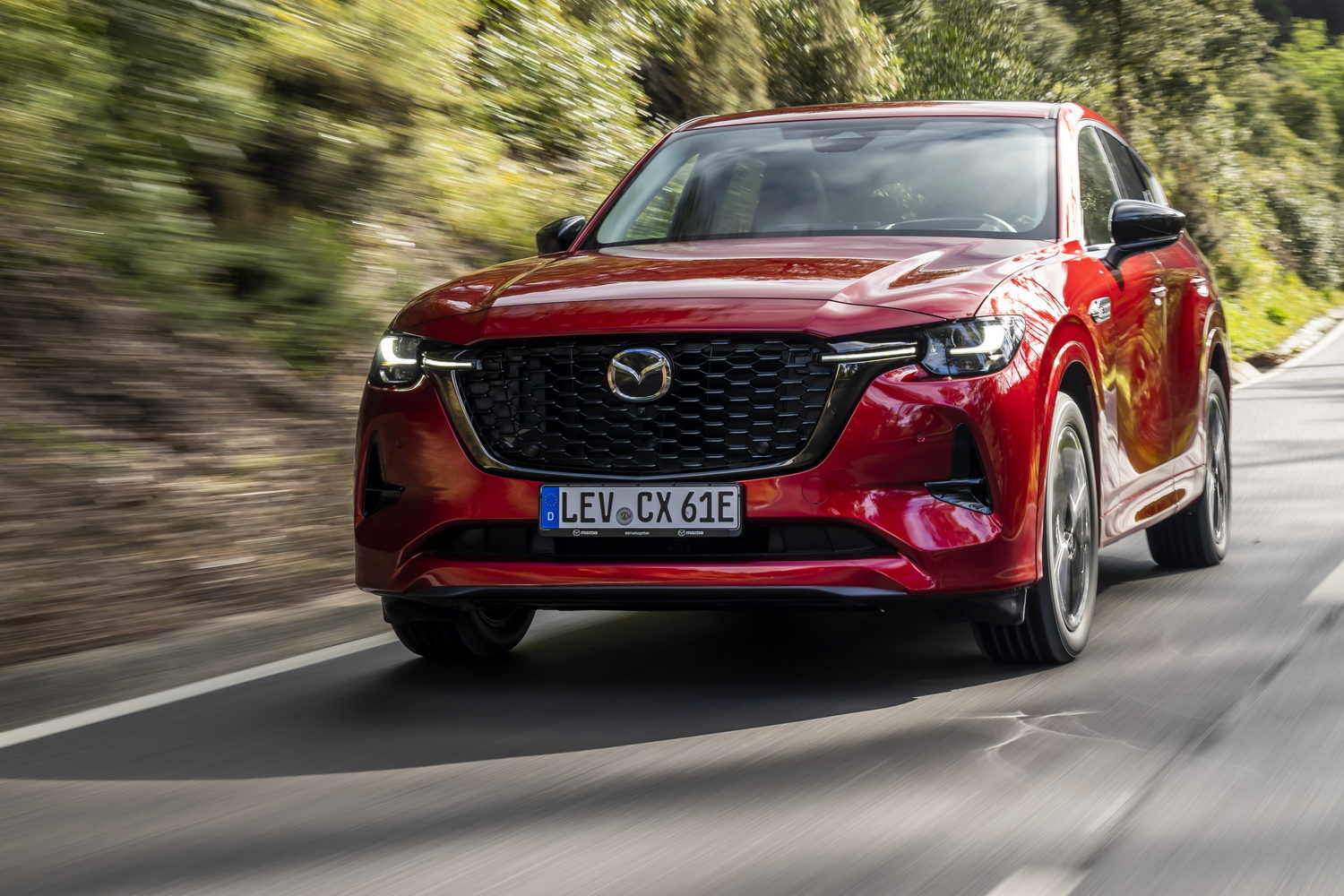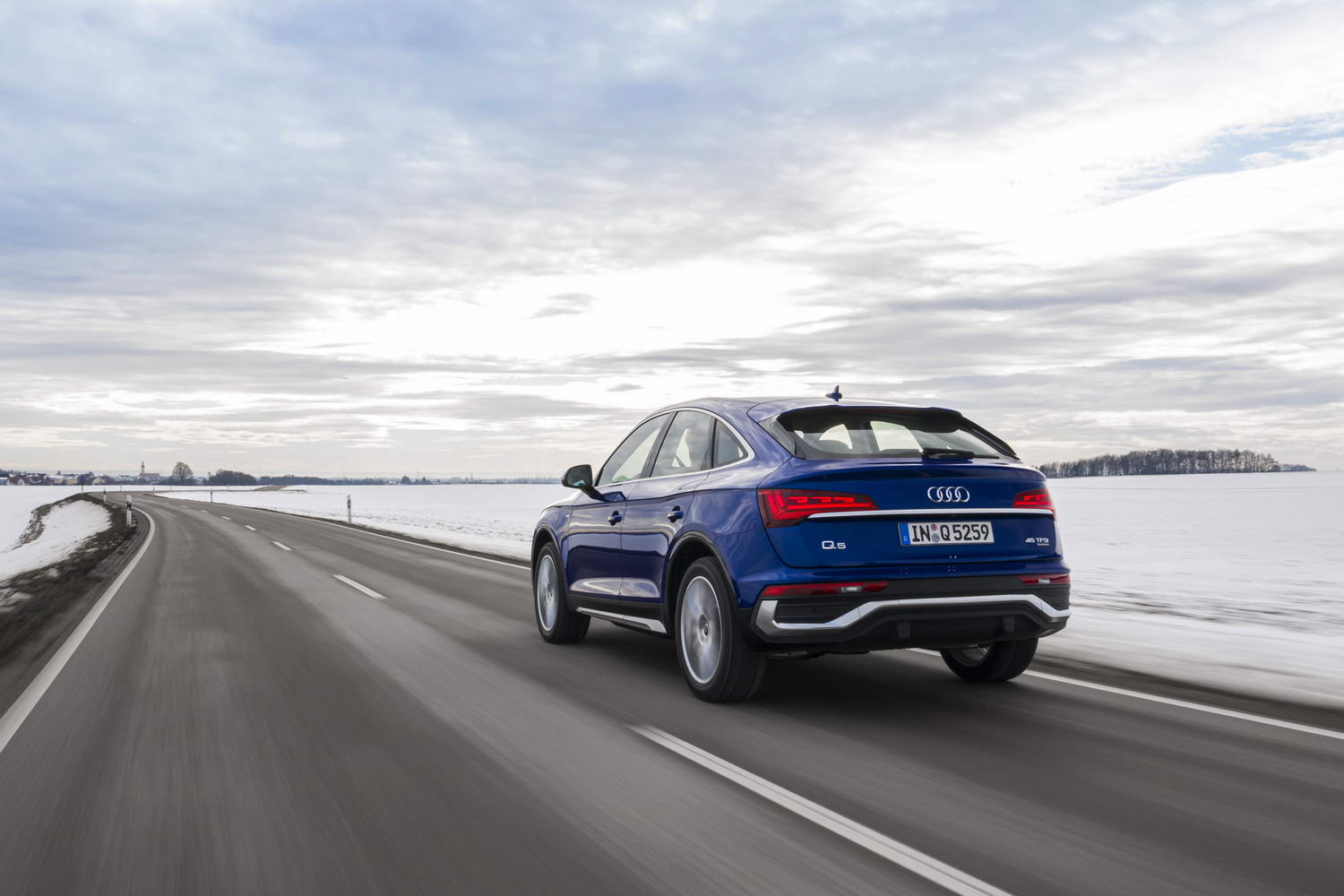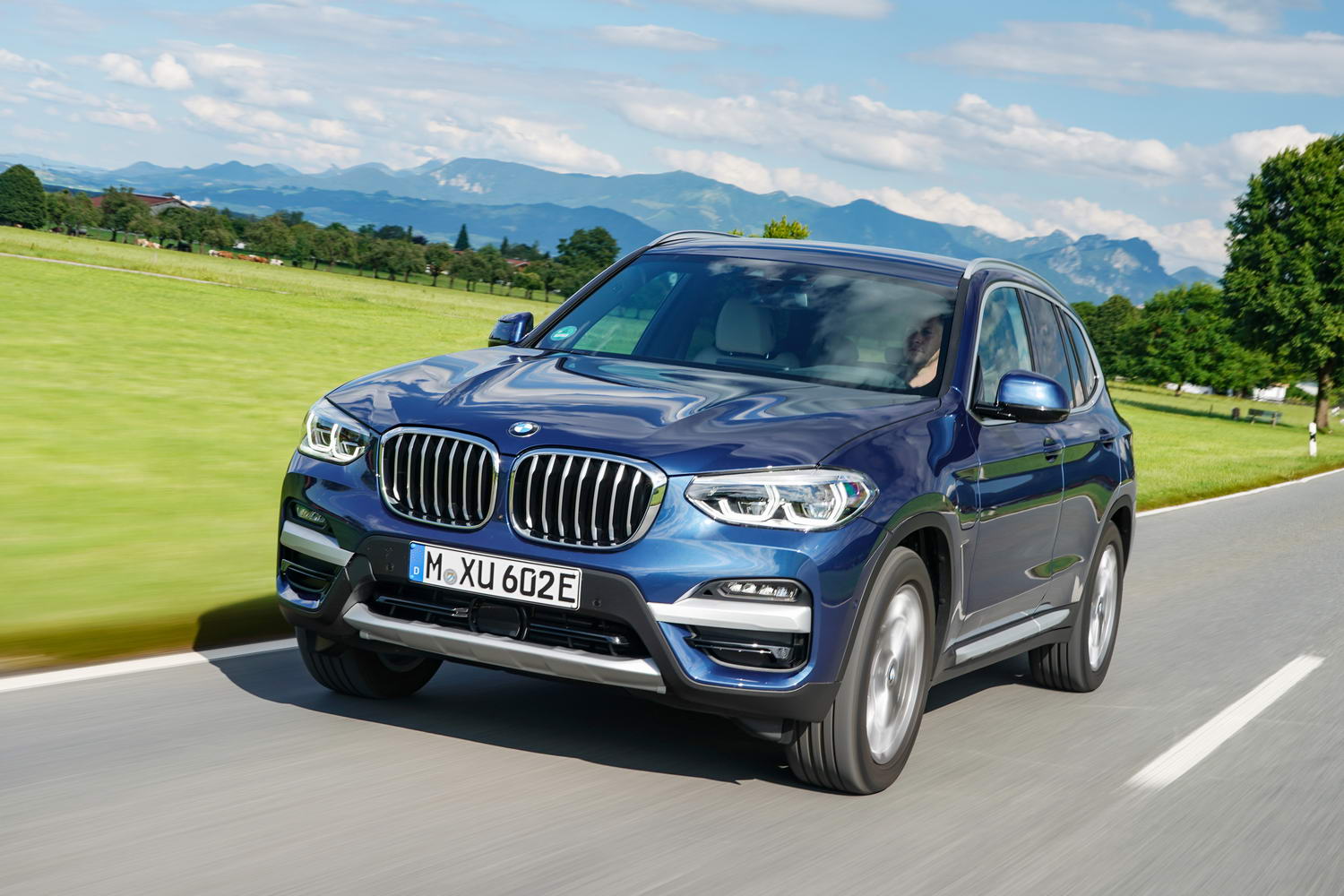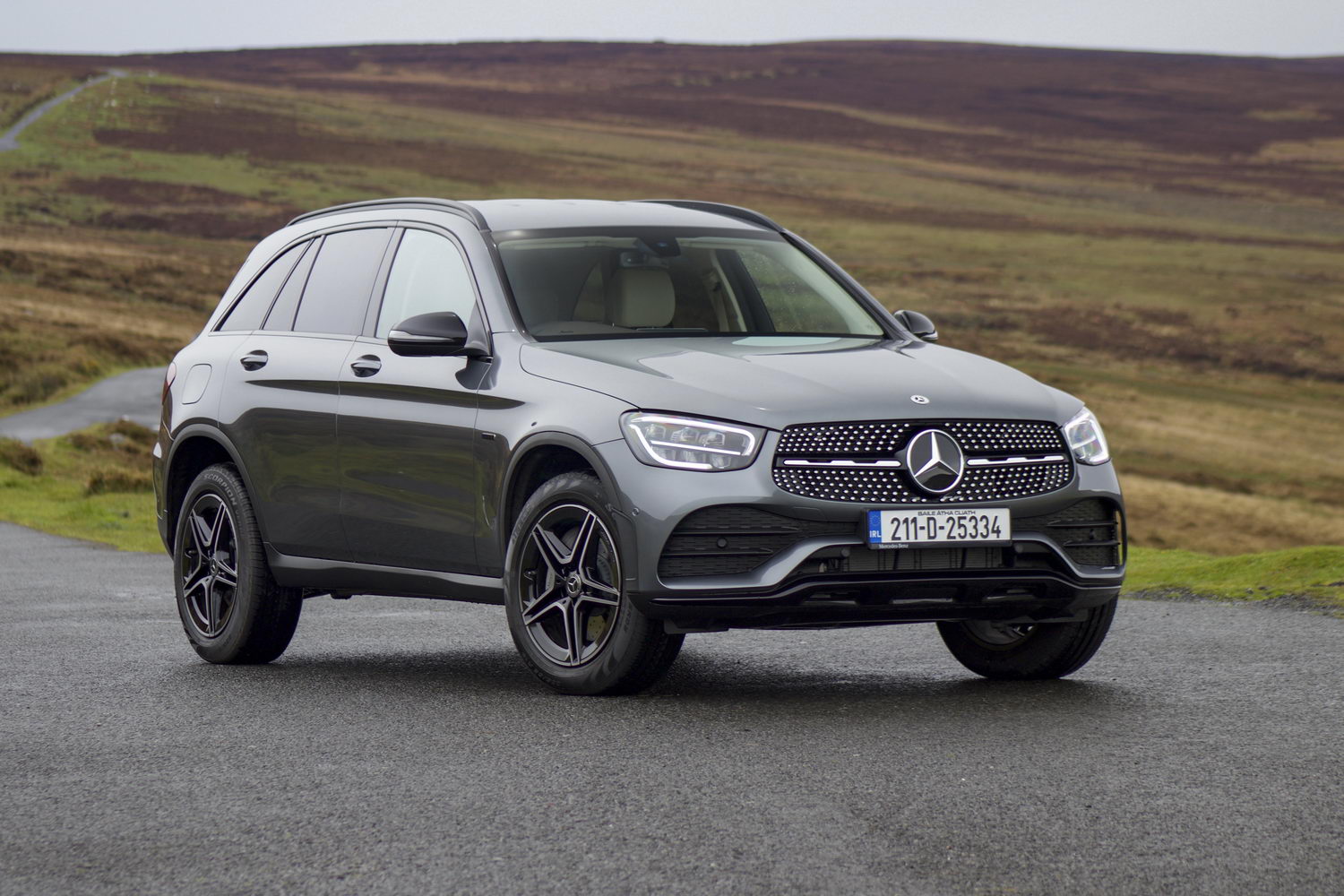Mazda is a brand that isn't scared of charting its own course, and being one of the increasingly few car companies that aren't part of a conglomerate provides it with the freedom to do so. Its new flagship SUV, the CX-60, is the beginning of a new chapter that will see the Japanese brand ascend to a premium level, with a target set on the established German marques. It's also the first plug-in hybrid Mazda, joining the fully-electric MX-30 on the path to electrification.
In the metal
There's a degree of familiarity about the Mazda CX-60 as it represents an evolution of the company's 'Kodo' design language that has shaped what is arguably one of the most stylish ranges of any manufacturer today. The CX-60 sits at the top of that model line-up, just above the CX-5, which will continue to remain on sale with diesel and petrol engines. For the CX-60, Mazda will initially offer only a plug-in hybrid powertrain, the first time the company has done so, all enabled by the new platform that will underpin four other PHEVs (plug-in hybrid electric vehicles) launched between now and 2025.
At first glance, the CX-60 seems similar to the CX-5. However, the CX-60 is 170mm longer and 45mm wider, but most importantly, its wheelbase - that space between the front and rear wheels - is 80mm longer.
A large, deep front grille is braced by a Mazda's new, smaller headlight design that includes a split daytime running light signature. The long bonnet is partly due to the need to accommodate forthcoming petrol and diesel models that will use longitudinally-mounted six-cylinder engines. In side profile, the bonnet and cab-rearward design are more apparent, a style often employed to purvey a premium image.
Beautiful curves and sculpted flanks are a core part of Mazda's Kodo design, yet these are less prevalent in the CX-60. Due to the need to accommodate the 17.8kWh battery within the floor, there is less ground clearance than on the CX-5, and even though CX-60 has a slightly lower roofline, it can appear somewhat slab-sided. The faux vents with PHEV badging on the front wings look like a stuck-on afterthought but otherwise, the black door mirrors, window surrounds and alloy wheels of the Homura specification enhance its image.
Inside is where Mazda reinforces its premium aspirations. There are high-quality materials and a pleasingly logical layout to the controls. A digital instrument display repeats the simplicity that Mazda bestows on the analogue instrument clusters of its other models. There are no needless distractions here.
A blend of tradition and modernity best describes the CX-60's cabin. The centre console retains a chunky drive selector for the new eight-speed auto. However, given that it is the only option for this PHEV, it's surprising that Mazda hasn't followed others in moving to a smaller control for the gearbox selector.
Physical controls are thankfully retained for the climate functions and the rotary controller for the infotainment system is also kept. Mazda has added a touchscreen (unlike in the CX-5) and the 12-inch display looks crisp. The usual Android and Apple connectivity are present, wirelessly too.
There's a neat trick up CX-60's sleeve. Mazda has come up with the optimum driving position based on height and, once you input yours, it will automatically adjust the driver's seat and steering wheel. It's merely a suggestion, but it got it right when we tried it. A small camera on the side of the touchscreen can be programmed to recognise the driver, too, and the CX-60 can set itself to the preferred driving position as soon as they sit it. Particularly useful if you share the car with other people.
Space in the rear seats is good, with more legroom than the CX-5, and there's better visibility through the front as the driver and passenger seat are further apart. Mazda will also offer a version with a large panoramic sunroof. As the CX-60 was pencilled to take a plug-in hybrid from the outset, there is no reduction in boot space on account of the battery. At 570 litres, it should suit most and comfortably trumps what its main competitors can offer.
Driving it
Our first drive of the CX-60 was in a pre-production vehicle, which Mazda says does not fully reflect the finished product that paying customers will experience. First impressions suggest that Mazda will be busy over the intervening months to fine-tune the CX-60, because it's needed.
The plug-in hybrid system makes the CX-60 the most powerful production Mazda to date, with a combined maximum output of 327hp. A 2.5-litre four-cylinder petrol engine is mated with a 129kW (175hp) electric motor, sending power through a newly-designed eight-speed automatic gearbox. Mazda's new platform is primarily a rear-wheel one, though it is flexible enough to accommodate all-wheel drive and a variety of power sources.
With the 17.8kWh battery fully charged, the CX-60 can officially cover up to 63 kilometres using only that electric motor. That's positive news for those lucky enough to have a short commute. Typically that should mean a more relaxing commute in near silence, though we found the electric motor to be unusually loud at times and the changes between first and second gear to be rather undignified. Still, it does pull the Mazda along quickly enough when using only the battery as a power source, though it never feels all that quick.
Once the battery charge depletes, the petrol engine wakes up and keeps the show on the road. The 2.5-litre four-cylinder unit will churn out 191hp, yet it is an engine that does its best work when not being hurried along. It lacks anything close to an enjoyable engine note, too, at times droning on in a way that isn't exactly befitting of a flagship model. Hopefully the 3.0-litre straight-six that Mazda is planning to introduce will be more sonorous.
The steering is nicely weighted and begins to bite the moment you turn off dead centre. There's a heft to it that is more about being communicative and underlining that connection to the front axle than reflecting a car tipping the scales at two tonnes. It's certainly more enjoyable to drive than the instantly forgettable Audi Q5, but not as precise as the BMW X3. Additionally, the BMW is far better at disguising its weight, though the Mazda is a match for the Audi in terms of cabin insulation.
Suspension and ride quality are areas where the Mazda puts in a mixed performance. The handling can seem ponderous at slower speeds, and the Mazda's suspension bangs into bumps, demonstrating a setup that appears far more dialled towards dynamic driving than outright comfort to match the powertrain performance. In fairness, it does begin to come together at higher speeds as the Mazda's chassis gets into a groove. We'll have to reserve final judgement until we drive the finished car on Irish roads later this year.
What you get for your money
The Mazda CX-60 starts with the Prime-Line version at €49,500, giving Mazda a sub-€50k price point. All other versions start from €51,500, and the range is made up of specifications called Exclusive, Homura and Takumi. For now, all versions are only available with the one powertrain option, as tested here.
There are 18-inch alloy wheels, automatic LED headlights and wipers, 12.3-inch digital instruments, touchscreen display and dual-zone air conditioning in the Prime-Line. Safety and assistance systems include cruise control, land departure assist and warning, automatic emergency braking, rear parking sensors and navigation with traffic sign recognition.
The Exclusive-Line adds a piano black grille and B- and C-pillar, leather upholstery with front heated seats, a heated steering wheel, rear-seat air vents and keyless entry. A head-up display, reversing camera and electrically operated tailgate feature too.
From there, the range divides between the Takumi and Homura. With Takumi, there is a clear emphasis on premium materials inside. White Nappa leather seats are electrically adjustable, as is the steering wheel, thus allowing for the driver personalisation system. Mazda adds ambient interior lighting, a 12-speaker Bose sound system and 20-inch wheels, too.
The CX-60 Homura adopts a sportier image with black 20-inch alloy wheels, a black grille surrounds and side vent details. It matches the Takumi spec inside but offers different upholstery options and is fitted with black leather seats.
Summary
The CX-60 is a significant car for Mazda and, in certain aspects, the Japanese brand has done an excellent job with it. However, if it is to genuinely give the German marques something to worry about, improvements to how the CX-60 drives are needed. While the exterior isn't Mazda's best design work to date, the interior does align with the premium status that it's chasing. It's roomy, too, with decent passenger space in the rear and a generously sized boot. We look forward to trying the finished product.













































